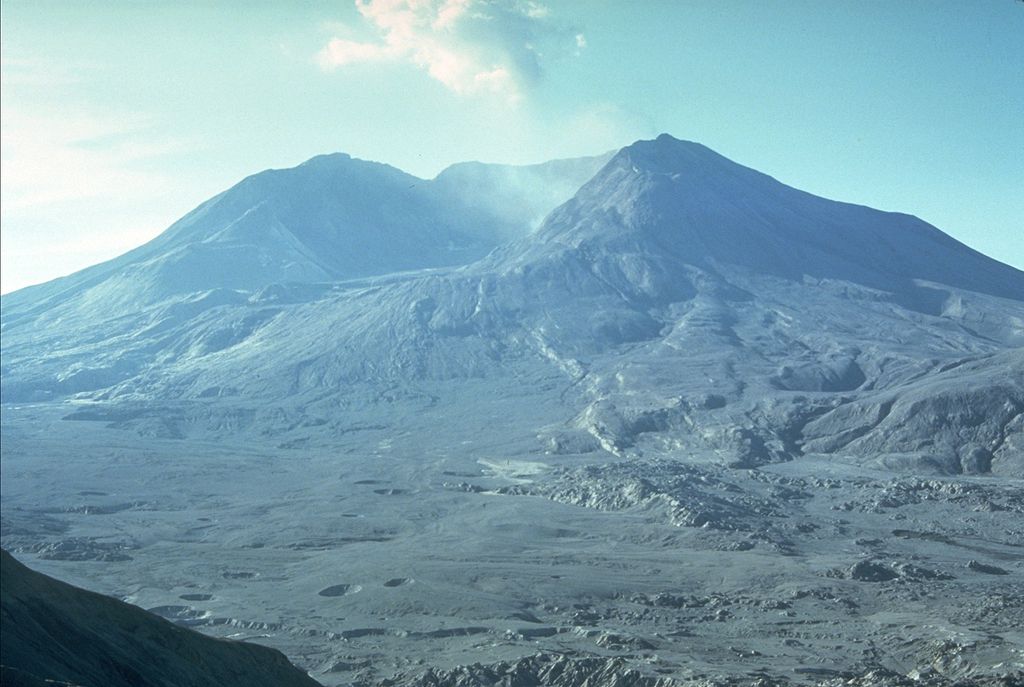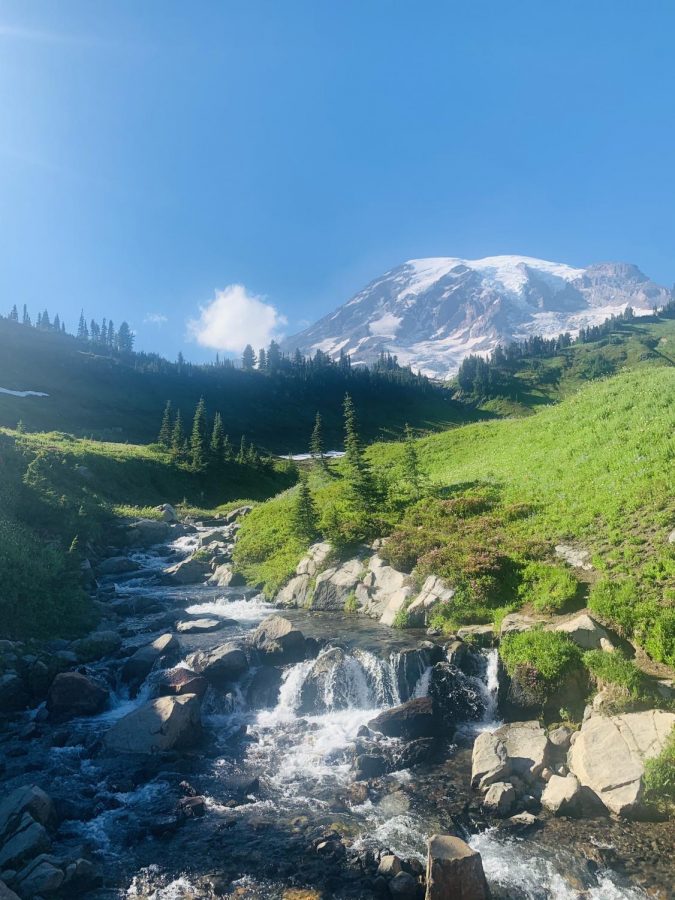A beautiful, delicate and dying planet
Sep 17, 2020
There is a certain sanctity about Mount St. Helens. When I was lucky enough to visit the volcano on a road trip at the end of last summer, I couldn’t help but feel I was on hallowed ground. In 1980, St. Helens erupted catastrophically in what has been described as the most disastrous volcanic eruption in U.S. history. The blast dramatically altered the surrounding landscape. To this day, very little vegetation grows at the base of St. Helens; the remnants of dead trees are still strewn about. And, most strikingly, an entire face of the mountain is missing, as if trampled on by the gods – or perhaps a climactic volcanic eruption.
Standing before Mount St. Helens, observing the lasting destruction, I felt an echo of the eruption still roaring 40 years later. That such a vast landscape could be so permanently altered over the course of mere hours is a humbling realization. It roused in me a feeling I’ve experienced only a few other times, always when confronted with the vastness of nature. I felt it standing on the edge of the Grand Canyon and again while traversing the expansive Rocky Mountain National Park.


The vast beauty of nature can be remarkably humbling. Something humanity, with our constant insistence on the supreme importance of our lives – our cosmic narcissism, if you will – needs deeply. And yet, presently the greatest threat to that beauty is us.
With global temperatures rising, sea ice melting, sea levels rising and an increase in natural disasters , there is no doubt we are in the midst of a climate crisis. According to the United Nations, millions of people have already been displaced by climate-related events. Confronting the realities of climate change is the single greatest challenge facing this generation.
Unlike the disaster that shook Mount St. Helens 40 years ago, the climate crisis is human made. There is scientific consensus that human activity has contributed to the warming of the planet. This is, in large measure, a human-made problem, and it requires a human-developed solution. The destruction I observed at St. Helens was overwhelming, but the crisis we find ourselves in now will soon spell disasters orders of magnitude larger.
To quote the great astronomer Carl Sagan, “There is nowhere else, at least in the near future, to which our species could migrate…Like it or not, for the moment the Earth is where we make our stand.” So let’s make a stand.

My trip across the West Coast underscored for me the great beauty of this planet and our profound responsibility to care for it. With so much of that natural beauty here in America, we ought to be moral leaders on global environmentalism. We should hold up the brilliance of our continental landscape to make a passionate argument for what’s at stake. I don’t think anyone could possibly stand at the edge of the Grand Canyon and not understand the pressing importance of conservation and sustainability.
Unfortunately, we have a president who openly and proudly dismisses the science on climate change. He simply is not the person to make a stand for this planet of ours. So, when you vote this November, consider the countless hills and trees, animals and rivers and people at stake. Consider that, in the immensity of our natural world, we are but a blip on a timeline of cosmic proportions. How selfish would it be for that tiny blip to destroy the Earth as we know it for its own transient gains?














Cbuchanan • Sep 17, 2020 at 3:12 pm
This column means a lot to me. Thank you TJ for expressing it so well